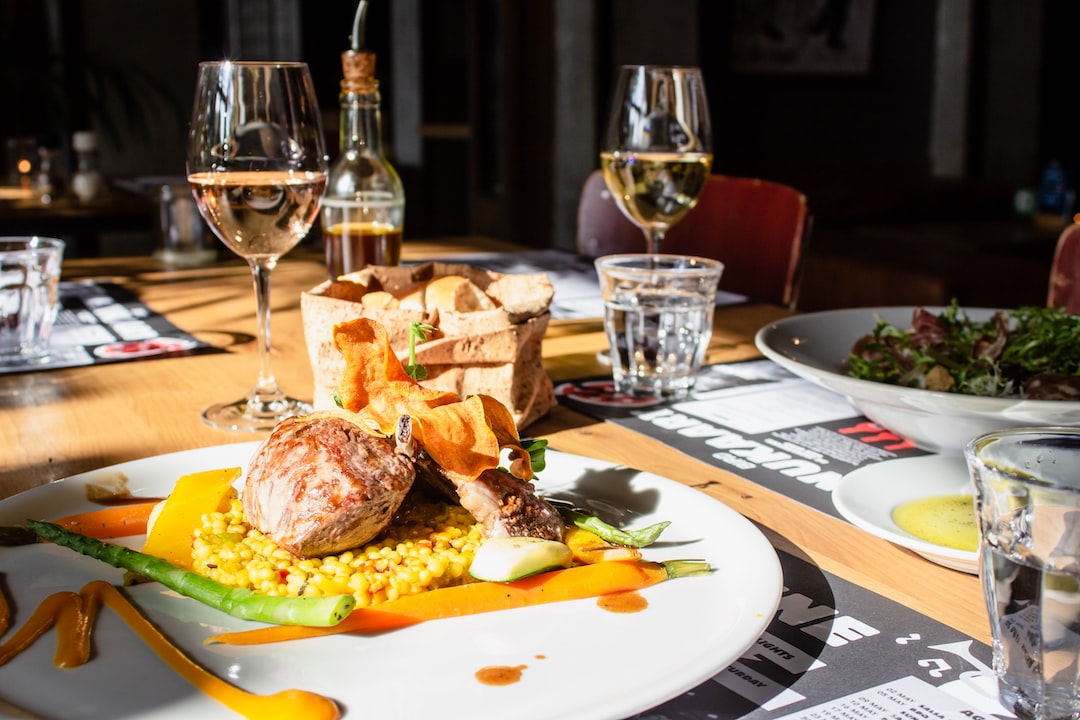The Art of Food Presentation: Elevating Your Dishes
They say we eat with our eyes first, and it’s true. The way a dish looks can greatly influence our expectations and overall dining experience. Food presentation is an art that goes beyond taste; it’s about transforming an ordinary meal into a feast for the senses. In this blog post, we will explore the importance of food presentation and how you can elevate your dishes to create truly memorable experiences.
Food presentation encompasses a myriad of factors, including the arrangement of ingredients, colors, textures, and the use of garnishes. It’s an opportunity for chefs and home cooks alike to showcase their creativity and attention to detail. The presentation of a dish can convey a certain theme, evoke emotions, or even tell a story. When done right, it can leave a lasting impression on your guests.
One of the key elements of food presentation is balance. A well-balanced dish takes into account the visual, textual, and flavor components. Think about pairing contrasting colors and textures to create visual interest. For example, a vibrant salad with a mix of colorful vegetables and crunchy nuts can be visually appealing and offer a delightful textural contrast. Similarly, combining ingredients with varying flavors, such as sweet and savory, can create a harmonious balance on the palate.
Another aspect to consider is the use of negative space on the plate. Leaving some empty space around your food can help highlight the main ingredients and create a sense of elegance. A cluttered plate can be overwhelming and distract from the main focus. Instead, opt for minimalism and simplicity, allowing the natural beauty of the food to shine.
Colors play a crucial role in food presentation. The human brain is wired to respond to certain colors, evoking different emotions and associations. Bright and vibrant colors can create excitement and whet the appetite, while muted tones can impart a sense of sophistication and elegance. Consider the color wheel and choose complementary hues to elevate your dish. For example, pairing a bright yellow mango salsa with purple beetroot chips can create a visually striking combination.
Textures add depth and complexity to a dish, both visually and in terms of mouthfeel. Incorporating a variety of textures can make your dish more interesting and enjoyable. Combine crispy, crunchy, creamy, and silky textures to create a multi-dimensional experience. For instance, topping a smooth, velvety soup with a crispy crouton or drizzling a creamy sauce over a grilled piece of meat can add layers of texture to your plate.
Garnishes are like the final brushstrokes on an artist’s canvas. They add an extra touch of elegance and bring the entire dish together. Fresh herbs, edible flowers, finely chopped nuts, or a drizzle of flavored oil can elevate a simple dish and make it feel more refined and special. Remember, less is often more when it comes to garnishes. Use them sparingly to avoid overwhelming the dish and detracting from the main flavors.
In addition to the visual aspect, the presentation of a dish can also involve unique serving techniques. For example, using unconventional serving vessels or plating techniques can create a sense of novelty and surprise. Serving a soup in a hollowed-out bread bowl or arranging a salad in a martini glass can add an unexpected twist to a familiar dish.
Ultimately, food presentation is an opportunity to let your creativity shine. It’s about taking a thoughtful approach to every element on the plate and considering how they come together to create a visually stunning and memorable dining experience. Remember, the presentation of your dish should complement, not overshadow, the flavors and aromas. Strive for a harmonious balance that tantalizes the eyes and delights the taste buds.
So, the next time you prepare a meal, take a moment to consider how you can elevate your dish through artful presentation. Experiment with colors, textures, and garnishes to create a feast for the senses. Remember, presentation is just as important as flavor when it comes to creating a truly remarkable dining experience. Happy plating!

